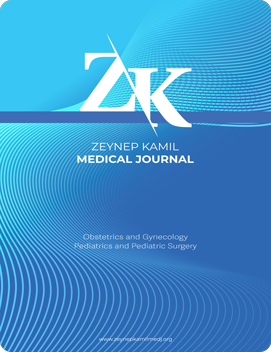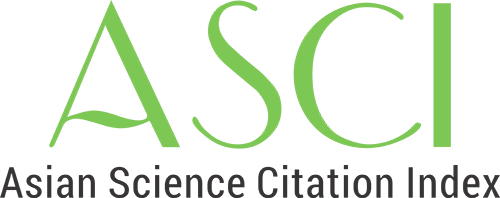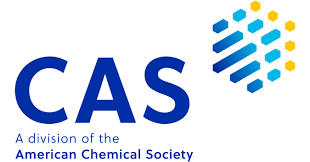Quick Search
Evaluation of children with immune thrombocytopenia
Ceren Türközkan İbiş1, Sema Yıldırım2, Aylin Canbolat Ayhan3, Hüsnü Fahri Ovalı41Department of Pediatrics, Kartal Dr. Lutfi Kirdar City Hospital, Istanbul, Turkey2Department of Pediatrics, Goztepe Prof. Dr. Suleyman Yalcin City Hospital, Istanbul, Turkey
3Division of Hematology and Oncology, Department of Pediatrics, Istanbul Medeniyet University, Istanbul, Turkey
4Division of Neonatology, Department of Pediatrics, Istanbul Medeniyet University, Istanbul, Turkey
INTRODUCTION: Immune thrombocytopenia (ITP) is an autoimmune disease. We aimed to examine the demographic, clinical, and laboratory features of ITP patients, identify the etiological factors, evaluate and compare treatment options, and analyze the effects of these parameters on the course of the disease.
METHODS: This retrospective study was conducted by reviewing the medical records of all patients under 18 years of age diagnosed with ITP at the Pediatric Hematology Department of a tertiary healthcare institution between January 2015 and December 2022. A total of 154 patients were divided into three groups according to age, initial thrombocyte count, and response to treatment. All groups were compared in terms of the course of the disease.
RESULTS: The mean age at diagnosis was 5±4.1 years. The most common findings at referral were ecchymosis (n=84; 54.5%) and petechiae (n=67; 43.5%). Sixty-two patients (40.3%) had an infectious disease prior to being diagnosed with ITP. The presence of triggering factors was significantly higher in the acute ITP group (p=0.031). Chronic disease was significantly more common in children aged 10 to 18 years (p<0.001). A wait and watch strategy was followed for 40 patients, and these patients tended to develop a persistent (40%) or chronic (52.9%) course of disease (p<0.001). The rate of chronicity (70.6%) was higher in patients who received corticosteroids (p<0.001). The remission time was shorter among patients who received only IVIG therapy (p<0.001). Seventeen (11%) of the patients required second-line therapy.
DISCUSSION AND CONCLUSION: ITP is a benign disease with a very low mortality rate and tends to resolve spontaneously.
Manuscript Language: English
















